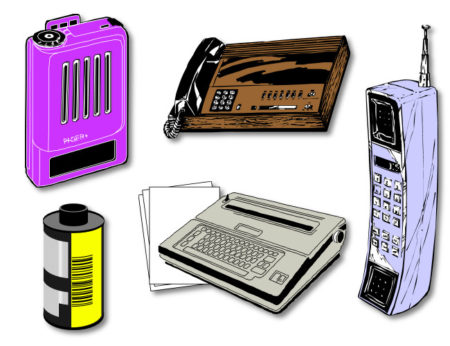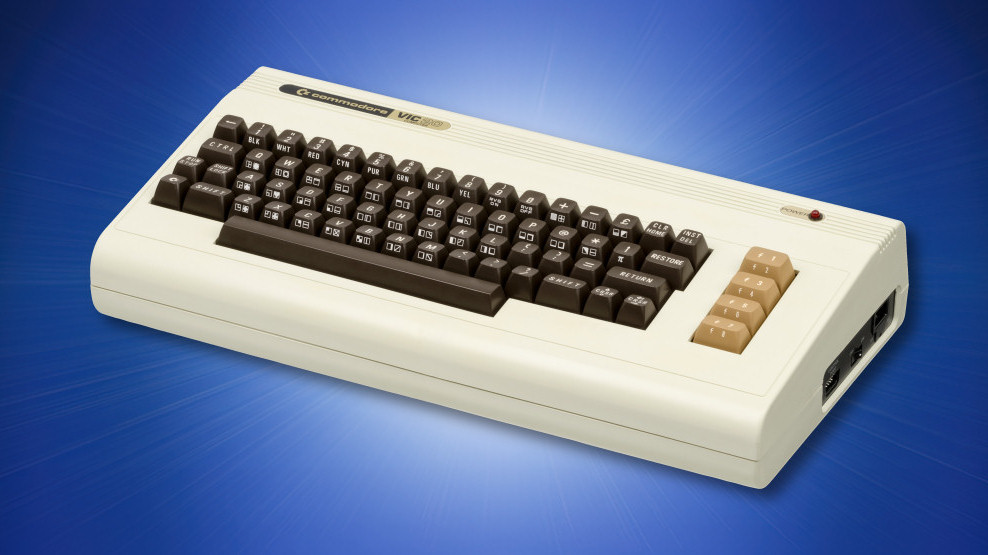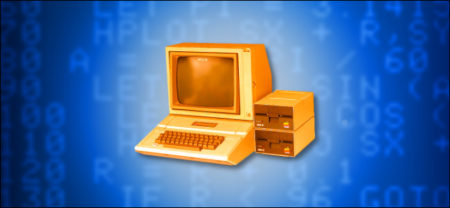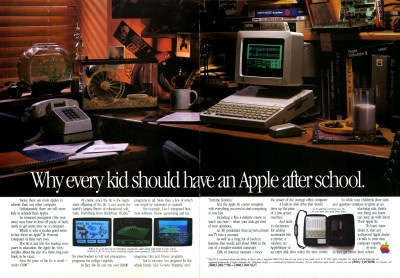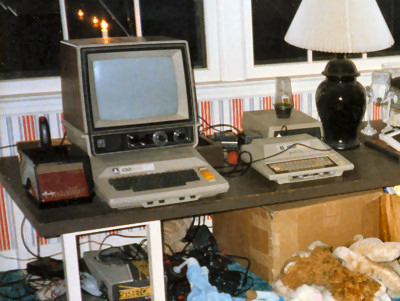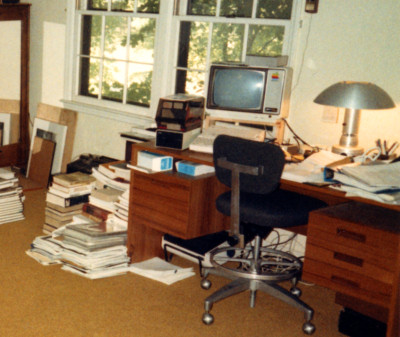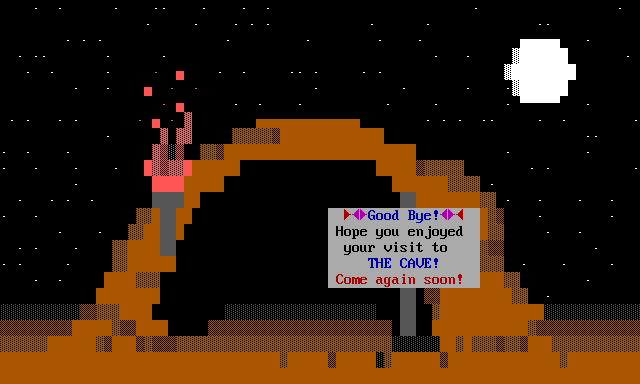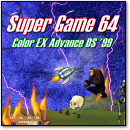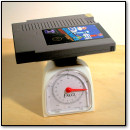Tech Time Capsule: Early 1990s Clip Art Captured an Era
Monday, April 15th, 2024Clip art collections from the early 1990s are today’s forgotten cultural time capsules, freezing life three decades ago as digital illustrations full of obsolete tech, vintage fashions, and more. Just for fun, let’s explore computer art from a time just before the Internet hit it big.
[Benj’s note—I wrote this piece years ago, and it never saw the light of day until now. Hope you enjoy.]
The Origins of Clip Art
The concept of clip art originated in the pre-computer era, when graphics designers would browse printed collections of royalty-free illustrations to cut and paste into their compositions.
When desktop publishing came to personal computers in the mid-1980s, the need arose for digital artwork that people could paste into newsletters, banners, signs, and more. Illustrators created these artworks and publishers collected them onto volumes of floppy disks or on CD-ROM, and users would load them into applications such as WordPerfect, Microsoft Word, and Aldus PageMaker.
Historically, artists created most clip art in a vector format, which means the images could be scaled to any size and not lose quality. That makes it extra fun today to take an image designed for very low resolution and scale it up to 3000 pixels wide to see details that you might otherwise miss.
I browsed through about a dozen early 1990s CD-ROM clip art collections found on the Internet Archive and Jason Scott’s CD archive and picked out a handful of examples of the artform that represent an unusual and rare peek into our digital past.
Obsolete Technology
Clip art collections from the early 1990s are full of obsolete technology, such as 35mm film, pagers, brick-like cell phones, typewriters, word processors, VHS tapes, huge answering machines, overhead projectors, film cameras, and much more. Browsing these images somehow makes you feel like a digital archeologist discovering the tools people used in the past (even if you lived through that time period yourself).
[ Continue reading Tech Time Capsule: Early 1990s Clip Art Captured an Era » ]

